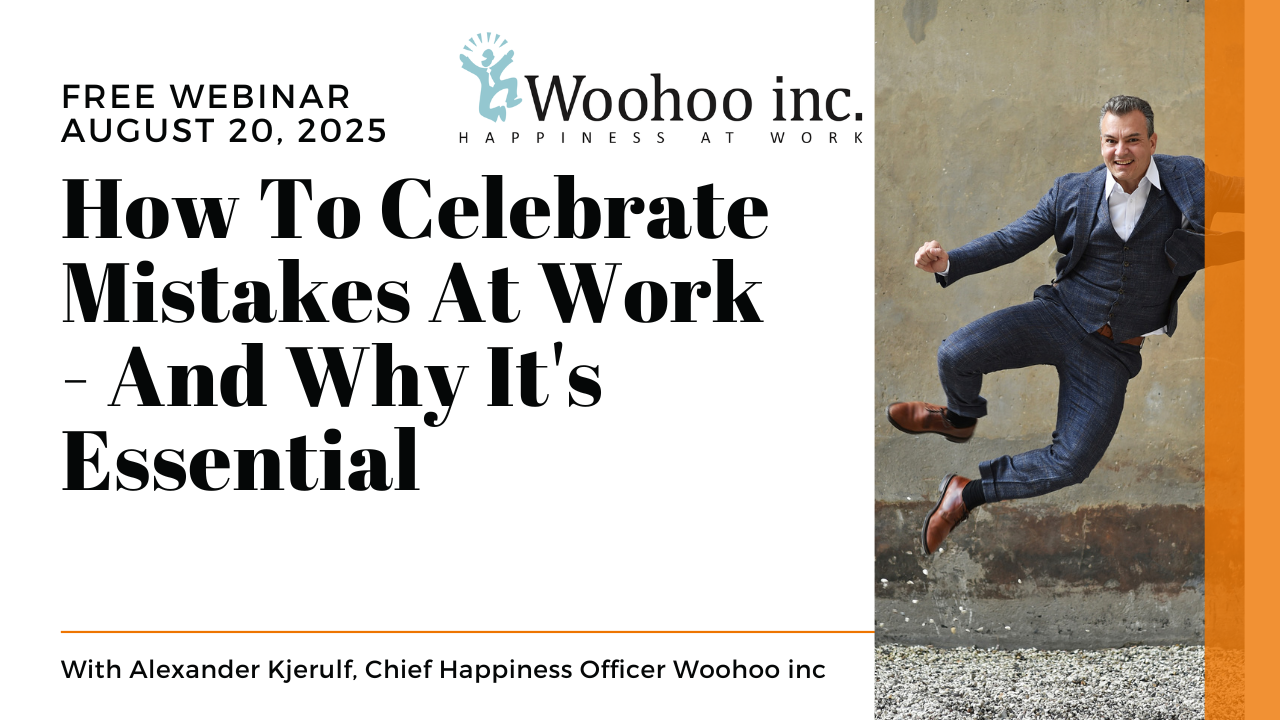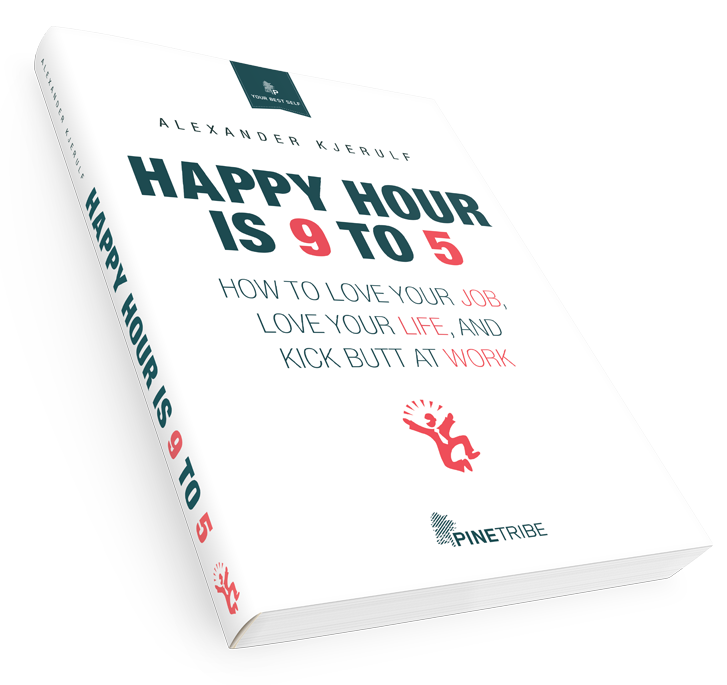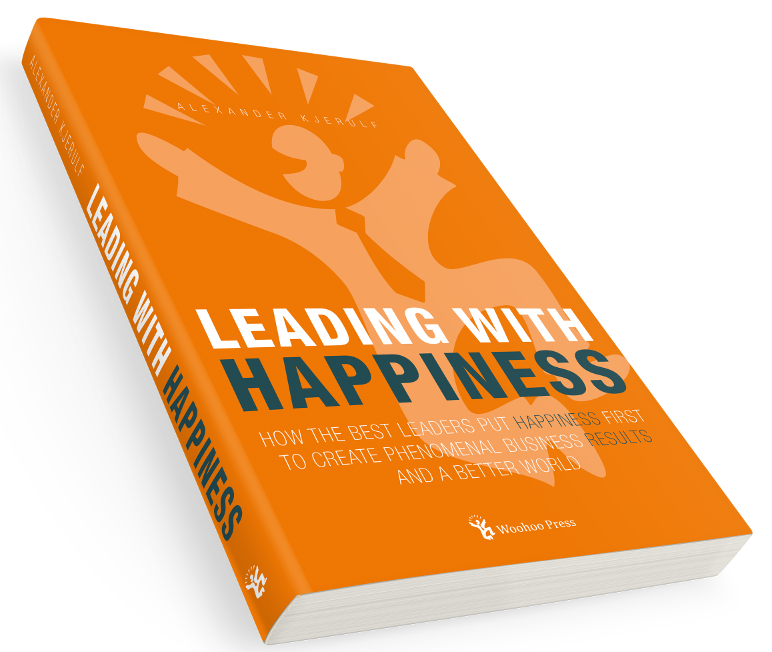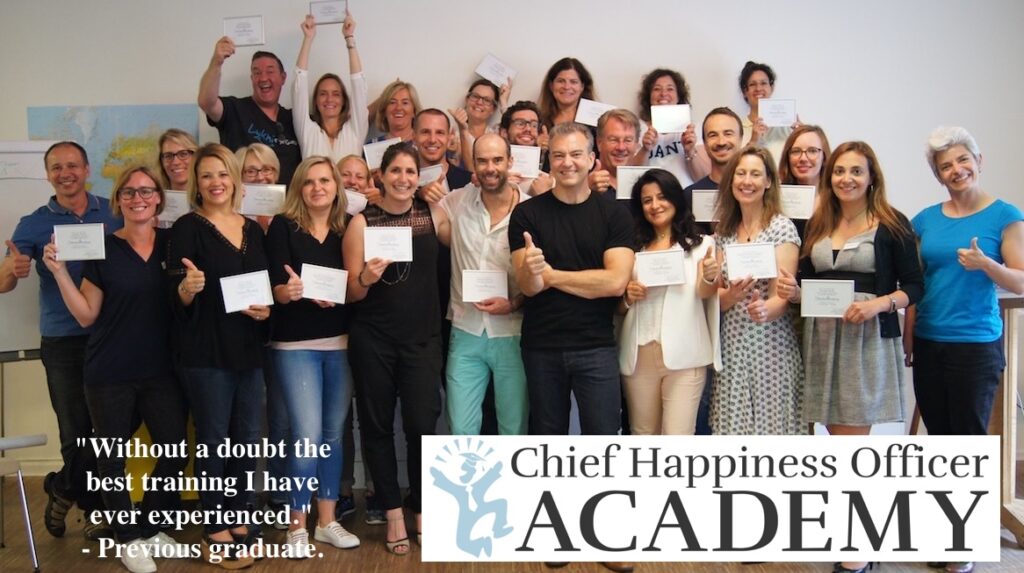CIO Insight has a great interview with Berkeley political scientist Steven Weber on the open source movement and it’s current and future business impact. A few choice bits:
Economists are shocked at the notion that people engage in behavior in many parts of their lives for nonmonetary reasons… It’s an interesting reminder that human motivation is a really complex thing… Creativity is really important to people. And taking the opportunity to engage in these open-source communities allows people to stretch their creativity and learn while they’re doing it. It’s an important reminder to managers that there’s a lot of motivation out there that most organizations don’t tap into very well.
…
Good ideas and innovative thoughts are randomly distributed throughout the human population. It’s critical to recognize that if you give people the infrastructure to create their own products, they’re likely to figure some out, because they know what they need better than you do. I think the open-source community, at least at the level of underlying operating systems, has done that, not necessarily because that was what they intended to do, but they created an ecology in which that’s possible.
The most commonly used argument against open source is, that if companies can’t patent what they invent, innovation will stop because they can’t effectively make money of it. That is of course b.s., and here’s why:
I can give you one example that friends of mine who work in the biotechnology industry would cite on the downside of holding lots of this stuff in proprietary IP rights.
They call it “the tragedy of the anti-commons.” Let’s say I’m a researcher working at a small biotech firm here in the Bay Area. And I think there’s something interesting I would like to do with a particular molecule and its interaction with a particular gene. Much of this stuff is now patented, and there are so many competing patent claims on so many different parts of the things I would need to work on, that the cost of actually figuring out what permissions I need are astronomical. So lots of small companies simply can’t work on it.
They call it the tragedy of the anti-commons in the sense that in order to work on this, they’ve got to get a permission to use this molecule and a license to play with this gene. That’s just too expensive, so they walk away from it.
Via OpenBusiness.
The tragedy of the anti-commons… I’ll have to remember that one :o) “Intellectual Property” is a concept that makes zero sense. Trying to enforce IP means stifling innovation and holding back technological and scientific development. I say we give up the notion once and for all and see where that takes us.







